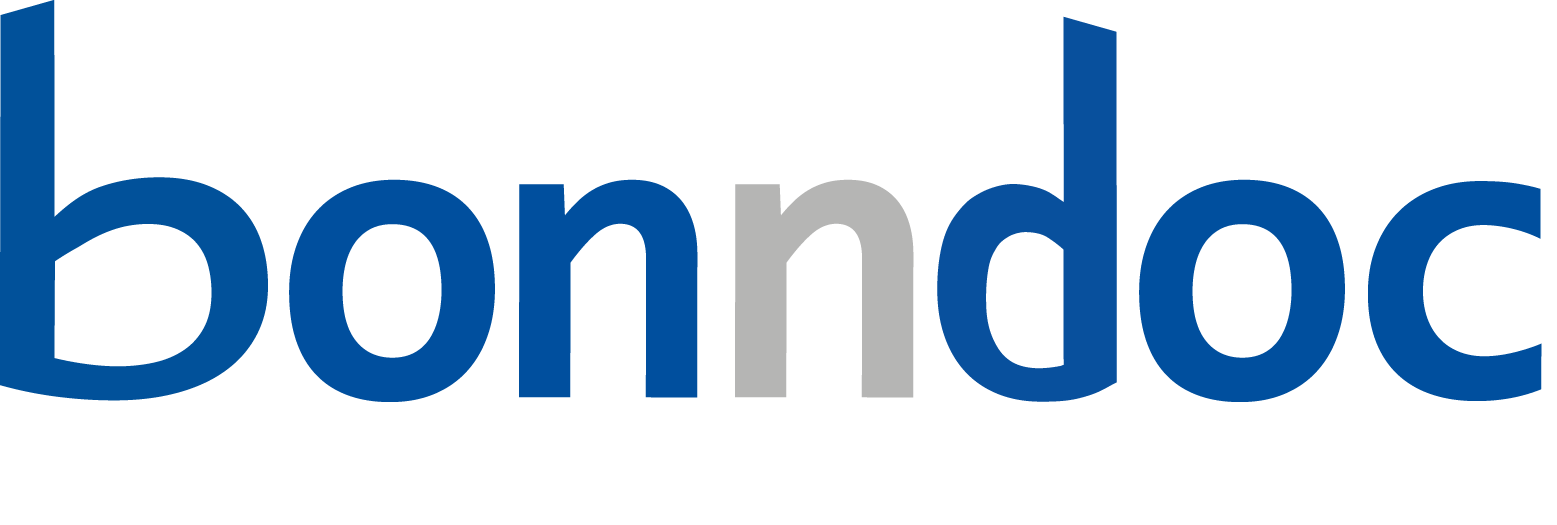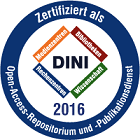Optimization of land and resource use at farm-aggregated level in the Aral Sea Basin of Uzbekistan with the integrated model FLEOMmodel description and first application

Optimization of land and resource use at farm-aggregated level in the Aral Sea Basin of Uzbekistan with the integrated model FLEOM
model description and first application

| dc.contributor.author | Sommer, Rolf | |
| dc.contributor.author | Djanibekov, Nodir | |
| dc.contributor.author | Salaev, Omonbek | |
| dc.date.accessioned | 2024-09-24T08:02:56Z | |
| dc.date.available | 2024-09-24T08:02:56Z | |
| dc.date.issued | 07.2010 | |
| dc.identifier.uri | https://hdl.handle.net/20.500.11811/12255 | |
| dc.description.abstract | Land use and crop production in the Khorezm region in western Uzbekistan, exemplarily for the irrigated low-lands of Central Asia, is adversely affected by the excessive, non-sustainable use of irrigation water on one hand, repeated droughts on the other hand, and by soil degradation by secondary salinization. One of the research objectives of the German-Uzbek Khorezm project, funded by the German Ministry for Education and Research (BMBF) and led by ZEF, is to better understand options for land use and choice of technology at the farm level in order to evaluate and propose technological alternatives and policy options for sustainable land use in Khorezm. To address the latter, the integrated so-called Farm-Level Economic-Ecological Optimization Model (FLEOM) was developed. FLEOM optimizes farm-level land and resource use while at the same time assessing the respective economic and environmental impacts. The model captures the basic features of the regional agriculture and the interrelations of production activities most prevalent to the local farmers. FLEOM builds on an economic farm-household linear-programming (LP) optimization routine and a comprehensive agronomic data base established with the cropping system simulation model, CropSyst. A graphical user-interface programmed in Java provides for easy usability, by which settings and results of FLEOM are visualized in tables and figures or as maps via a GIS-environment. The present discussion paper provides a technical introduction to FLEOM and discusses first application results. | en |
| dc.description.abstract | Die Landnutzung und landwirtschaftliche Produktion in der Khorezm-Region im Westen von Usbekistan – beispielhaft für das bewässerte Tiefland von Zentralasien – leidet zum einen unter nicht nachhaltigen, übermäßiger Nutzung von Bewässerungswasser, zum anderen aber auch unter Dürreperioden, sowie unter Bodendegradation durch Bodenversalzung. Eines der Ziele des Deutsch-Usbekischen Khorezm Projekts, finanziert mit Mitteln des Bundesministeriums für Bildung und Forschung (BMBF) und unter Leitung des ZEF, ist es die verschiedenen Optionen von Landnutzung und der Wahl von Technologien auf Farmebene besser zu verstehen, um letztlich Vorschläge zu alternativen Technologien und agrarpolitischen Entscheidungsoptionen für nachhaltige Landwirtschaft in Khorezm machen zu können. Dazu wurde das sogenannte integrierte Farm-Level Economic-Ecological Optimization Model (FLEOM) entwickelt. FLEOM optimiert auf Farmebene Land- und Ressourcennutzung, wobei gleichzeitig die entsprechenden ökonomischen- und Umwelteinflüsse berücksichtigt werden. Das Modell berücksichtigt die spezifischen Grundzüge der zugrunde liegende regionalen Landwirtschaft sowie die Zusammenhänge der verschiedenen landwirtschaftlichen Produktionsaktivitäten. Dazu nutzt FLEOM eine ökonomische lineare Farmhaushalts-Optimierungsroutine (LP-Modell) und eine umfangreiche agronomische Datenbank. Letztere wurde mit dem Pflanzenwachstumsmodell CropSyst erstellt. Ein graphisches Nutzerinterface, programmiert in Java, erlaubt die einfache Nutzung von FLEOM, wobei Modelleinstellungen und Ergebnisse von FLEOM in Tabellen, Grafiken oder als Karten innerhalb einer eigens dafür programmierten GIS-Umgebung visualisiert werden. Das vorliegende Diskussionspapier gibt eine technische Einführung zu FLEOM und diskutiert Ergebnisse einer ersten Anwendung. | de |
| dc.format.extent | 112 | |
| dc.language.iso | eng | |
| dc.relation.ispartofseries | ZEF-Discussion Papers on Development Policy ; 139 | |
| dc.rights | In Copyright | |
| dc.rights.uri | http://rightsstatements.org/vocab/InC/1.0/ | |
| dc.subject.ddc | 300 Sozialwissenschaften, Soziologie, Anthropologie | |
| dc.subject.ddc | 320 Politik | |
| dc.subject.ddc | 330 Wirtschaft | |
| dc.title | Optimization of land and resource use at farm-aggregated level in the Aral Sea Basin of Uzbekistan with the integrated model FLEOM | |
| dc.title.alternative | model description and first application | |
| dc.type | Arbeitspapier | |
| dc.publisher.name | Center for Development Research (ZEF), University of Bonn | |
| dc.publisher.location | Bonn | |
| dc.rights.accessRights | openAccess | |
| dc.relation.eissn | 1436-9931 | |
| dc.relation.url | https://www.zef.de/fileadmin/user_upload/ZEF_DP_139.pdf | |
| ulbbn.pubtype | Zweitveröffentlichung | |
| dc.version | publishedVersion |




